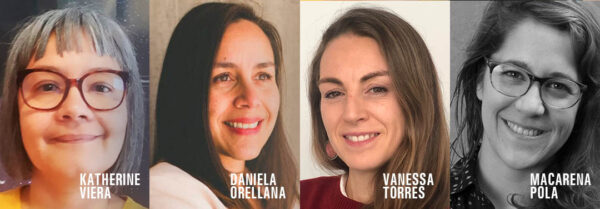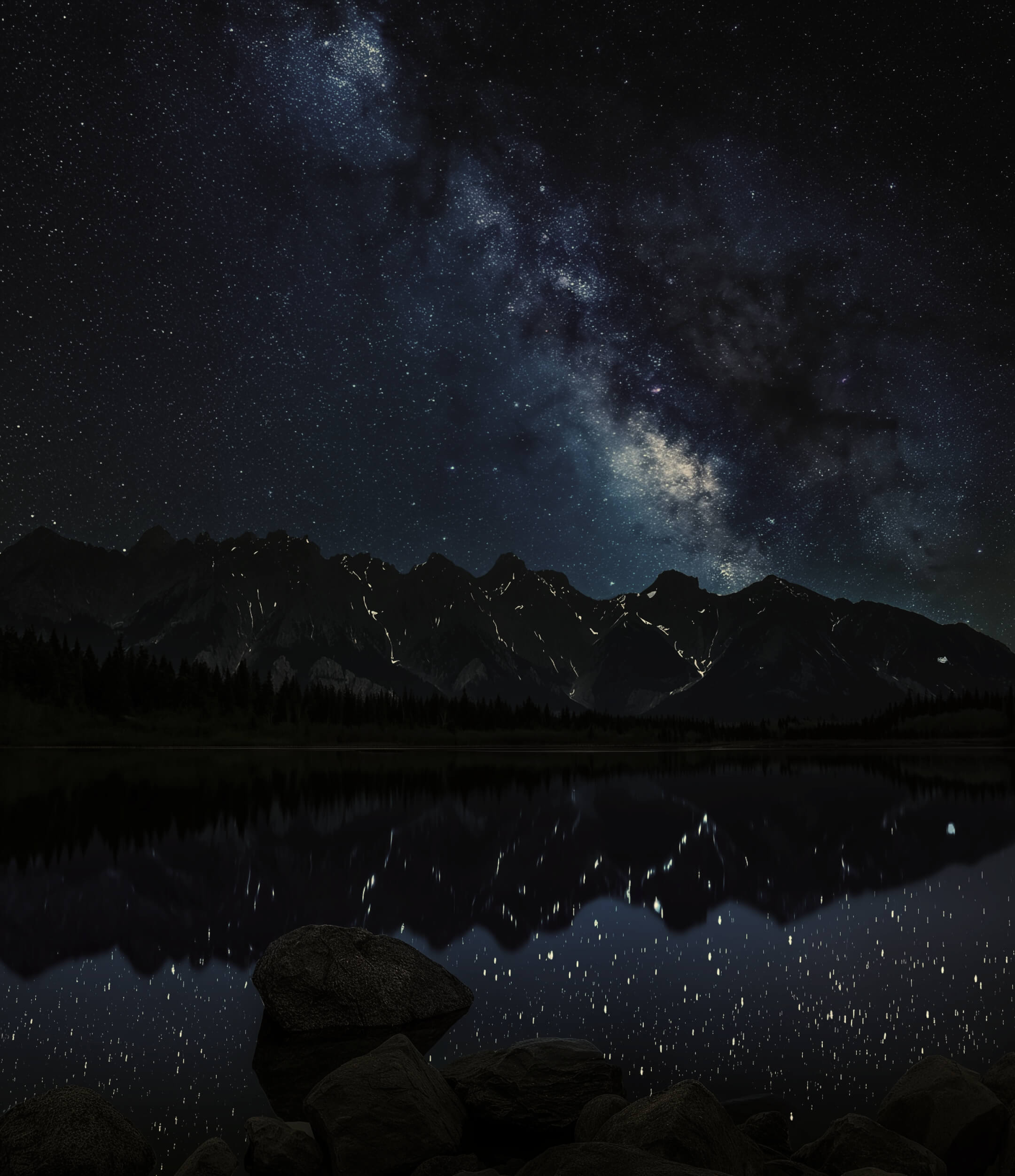Meet the ambassadors of good lighting in Chile


Posteado
Cielos Chile
schedule Wednesday 26 de June
In Coyhaique, Atacama, Frutillar, and Punta Arenas, four professionals in architecture, design, and astronomy show us how they work to improve the lighting of their cities and reduce light pollution.
In May of this year, in nine cities across the country, the “Light Walks” were carried out to report sources of light pollution through the Glowatch application. Each tour was guided by lighting experts from various backgrounds and work experiences, who instructed the volunteers on the principles of proper lighting.
Additionally, they stopped to consider the specific problems of their cities and taught participants how to use this citizen tool for the care of dark skies.
Macarena Pola, industrial designer in Coyhaique
A few years ago, she was part of the team that created the SULI lamp, a portable solar lighting. At that time, she also participated in a FOSIS project to train people in vulnerable situations on how to use sunlight to create light sources that could be used in their daily lives.
Today she is part of the board of Ciluz Foundation and lives in Coyhaique, in the Aysén Region. From there, she was a monitor for the Light Walks last May and, during an afternoon with -3°C, she met with volunteers and toured the city making their reports.
The conversation, Macarena says, revolved around the lack of urban planning in Coyhaique and other growing localities in the region, resulting in inadequate public lighting and energy waste.
“In Coyhaique, there are many very bad lighting decisions. Several sports courts keep the lights on all night, and this light ends up entering the houses. The same happens with the design of public lighting,” Macarena emphasized.
Katherine Vieira, astronomer in Atacama
From a young age, Katherine understood that to do one of her favorite activities, like stargazing, she had to move away from the city. The doctor in Astronomy from Yale University was motivated to learn more about light pollution for the possibility of seeing the sky in the best possible conditions.
Currently, Katherine is the Outreach Coordinator of the Institute of Astronomy and Planetary Sciences of the University of Atacama. For the Glowatch activity, she participated with a group from the amateur astronomical community of the region, as well as the directors of the Andromeda Observatory in Copiapó and the Cosmic Desert Observatory in Tierra Amarilla. She says that one of the things that came up in the conversation was how they could be multipliers of knowledge about the care of the skies.
“In daily life, one is not aware of the lights, beyond them illuminating your work area, your house, or your path. Glowatch opens your eyes and shows you that there are not few, but many public lights that are polluting. Amateur and professional astronomers know about the problem, but it is important that the whole society also understands it, measures it, and takes action,” Katherine concluded.
Daniela Orellana, architect in Frutillar
As a professional architect, she studied interior design and took a special interest in one of the courses on lighting design. Daniela says that, at that time, she was struck by the importance of light in spaces, how it transforms them and plays with perceptions.
Although she has specialized in recent years in interior lighting projects, through various instances she has been learning about the impact of light pollution. “The issue of light pollution is quite unknown, one hears about it occasionally, but without much depth. It is not a topic that is talked about like, for example, garbage pollution,” she explained.
She currently lives in Frutillar and from the southern city supported the Glowatch activity. With a small group, they toured the streets and she explained the difference between a warmer or cooler light, the amount of light a place needs, and whether the light was being utilized or not.
“The way the application can be used is quite user-friendly, it is a good tool to start with and give to the average citizen to raise awareness and report these bad practices. It was interesting for the group to be more aware of the issue and to be able to see it in situ,” Daniela pointed out.
Vanessa Torres, designer in Punta Arenas
Sixteen years ago, she moved from Santiago to live in Punta Arenas. A designer by profession, she began working with an electrical construction company and specialized in this field.
She has been able to observe and apply the importance of light where she lives, given the particular characteristics of the area: in winter, in Punta Arenas, it dawns at ten in the morning and gets dark at five in the afternoon; while in summer, daylight extends until late at night and houses need to have a blackout system.
“Due to these characteristics, projects here are very different from those in the central or northern part of the country. There is a tendency to over-light and abuse the use of white light on the streets,” she explained.
This was observed with the group that accompanied her for the Light Walks, where they reported lights directed towards the sky, light that is wasted, and even measured the level of illumination of some public lights. “People don’t know what lighting is, so they are even less likely to know what light pollution is. I try to explain this every time I make a proposal for one of my clients,” Vanessa noted.
While a new call is expected to make reports with Glowatch in the coming months, this citizen tool is available 24 hours a day, 7 days a week. To make a report, you only need to send the information via WhatsApp to the number (+56) 982276560. You can also do it through the glowatch.cl website, by clicking on the WhatsApp icon available on the platform.

Subscribe to our newsletter
Receive relevant information about the skies of Chile every month
